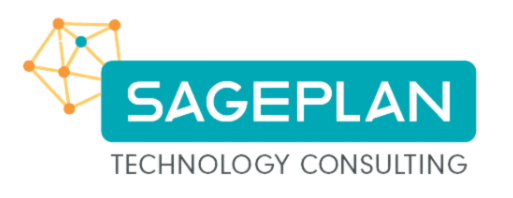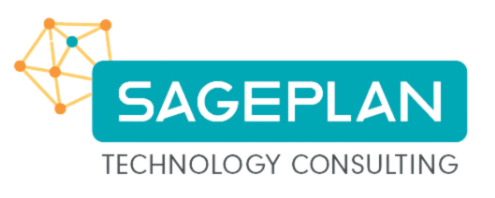Early attempts to make complex CAD projects work over the internet haven’t gone well, and it’s not hard to understand why. The computers and graphic systems need to be state of the art, the files are huge, and you often need to have more than one person collaborating on the project at once. Trying to make all of this happen on some virtualized machine with a shared graphics card and off-the-shelf screen-sharing technology was dodgy at best, and usually ended up just wasting everyone’s time.
The good news is that we’ve learned a lot over the years, giving architecture, engineering, and construction firms a path to making remote collaboration possible.
Making Secure, Remote CAD Solutions Work
For most businesses in the AEC space, CAD operations represent a significant line item in the annual budget. This makes the decision to transition to a cloud environment more of a financial decision than a technical one, but you do need to be sure that the new system is going to work at least as well, if not better than, the current setup.
Here are four key technical considerations that you need to be sure to get right as part of the move:
- Performance: There is no avoiding the fact that you need powerful processors and graphics cards to make CAD work, regardless of the environment. If you need a high-performance workstation with a top-of-the-line graphics card in the office, then you are going to need a comparable system in the cloud.
- Security: You can probably cobble together secure connections between business and everyone’s home office, but the more reliable and cost-effective route is for your cloud service to set up the security. They will be hosting your applications and data, so it makes sense for them to lock everything down.
- Collaboration: This is another place where it makes more sense to find a cloud service provider with a built in collaboration tool that is specifically designed for CAD applications. Off-the-shelf tools like Zoom and Teams can run into issues when you need fast and secure communications and data sharing.
- Storage: You need lots of storage space to make CAD work, and if you pick the wrong service the costs can add up quickly. The simplest way to avoid those fees is to work with a company that provides unlimited storage as part of its service plan. Otherwise, you may find yourself with a much larger bill than you expected.
What About The Budget For All Of This?
Cloud CAD should be less expensive, more reliable, and increase productivity than in-house production or it’s not worth the effort. Our partners at Avatara have helped companies worldwide make the transition to a cloud CAD solution that facilitates a hybrid/remote work environment in an all-inclusive, fixed-fee platform that will make your IT operations performance and costs better.
Need more convincing? You can schedule a free consultation with me and we can set up a demo so that you can see for yourself that the time has come for CAD in the cloud.

